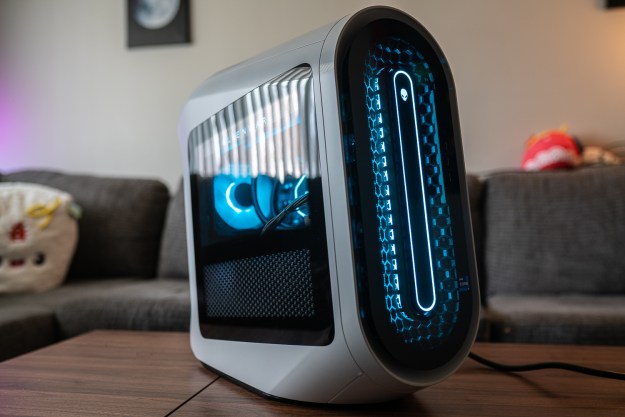Without question, we’d all benefit from longer battery life in our laptops, hybrids, and other portable devices. Unfortunately, the current lithium-ion battery (LIB) has pretty much reached its potential, and the only way to increase the unplugged run time in our portable devices is to make bigger batteries. However, that’s hardly a workable solution in an industry where lighter and leaner gear are highly desirable. We need something new; a way to significantly increase storage capacity without having to make bigger energy storage devices.
Recently, the Department of Energy’s Pacific Northwest National Laboratory came up with a new twist on the lithium-ion battery that can reportedly store “at least” twice as much energy as a conventional hybrid or laptop battery. In this case, the method entails the use of a sponge-like silicon. Other proposed battery enhancement “breakthroughs” have been made, but they may or may not happen, and are at best years away. However, this one is not only highly plausible, but also relatively painless to deploy.
Why silicon?
Currently, nearly all LIBs use graphite electrodes in the storing and discharging of energy. These conventional LIBs store as little as 10 times less energy than what silicon-based electrodes are capable of. While the mathematical formulas are complex, in a perfect world, a silicon-based battery would then give you 10 times the power supply. However, given everything else that requires consideration, such as battery chemistry, silicon electrodes (sometimes called anodes) can double, or possibly triple energy storage capacity over the current standard.
A problem with using silicon in the past has been that it would absorb far too many lithium-ions (they’re needed to store and help generate power), often expanding as much as 400 percent in mass during charging. This, as you can imagine, caused all kinds of problems, including (but not limited to) fracturing of the battery housing. It was just unworkable—until the Department of Energy’s Pacific Northwest National Laboratory came up with a silicon electrode dubbed a “mesoporous silicon sponge” that expands by only a viable 30 percent.
In simple terms, mesoporous silicon sponge is a piece of silicon perforated with holes. When absorbing lithium-ions, rather than expanding outwardly, the silicon increases its mass by filling the holes. With the 30 percent expansion limit, the silicon-based electrode contains an energy concentration of around 750 mAh per gram, or roughly twice that of graphite-based electrodes. In addition, the silicon electrodes have proven to be resilient—the prototype battery retained 80 percent of its capacity after 1,000 charges.
When will we see these new batteries?
The Department of Energy’s Pacific Northwest National Laboratory’s next logical step would be to build a bigger prototype—perhaps something large enough to power a mainstream mobile device. Meanwhile, while we wait for the government’s scientists to continue developing the tech, a Silicon Valley startup company by the name of “Amprius” is currently at work developing and commercializing them as well.
Granted, Amprius’ silicon-based lithium-ion energy absorption rates are much lower (only 10-50 percent more energy storage than graphite), but so far the results have been encouraging enough to suggest that silicon very well could play an important role in powering our mobile computing devices – and, perhaps soon.


